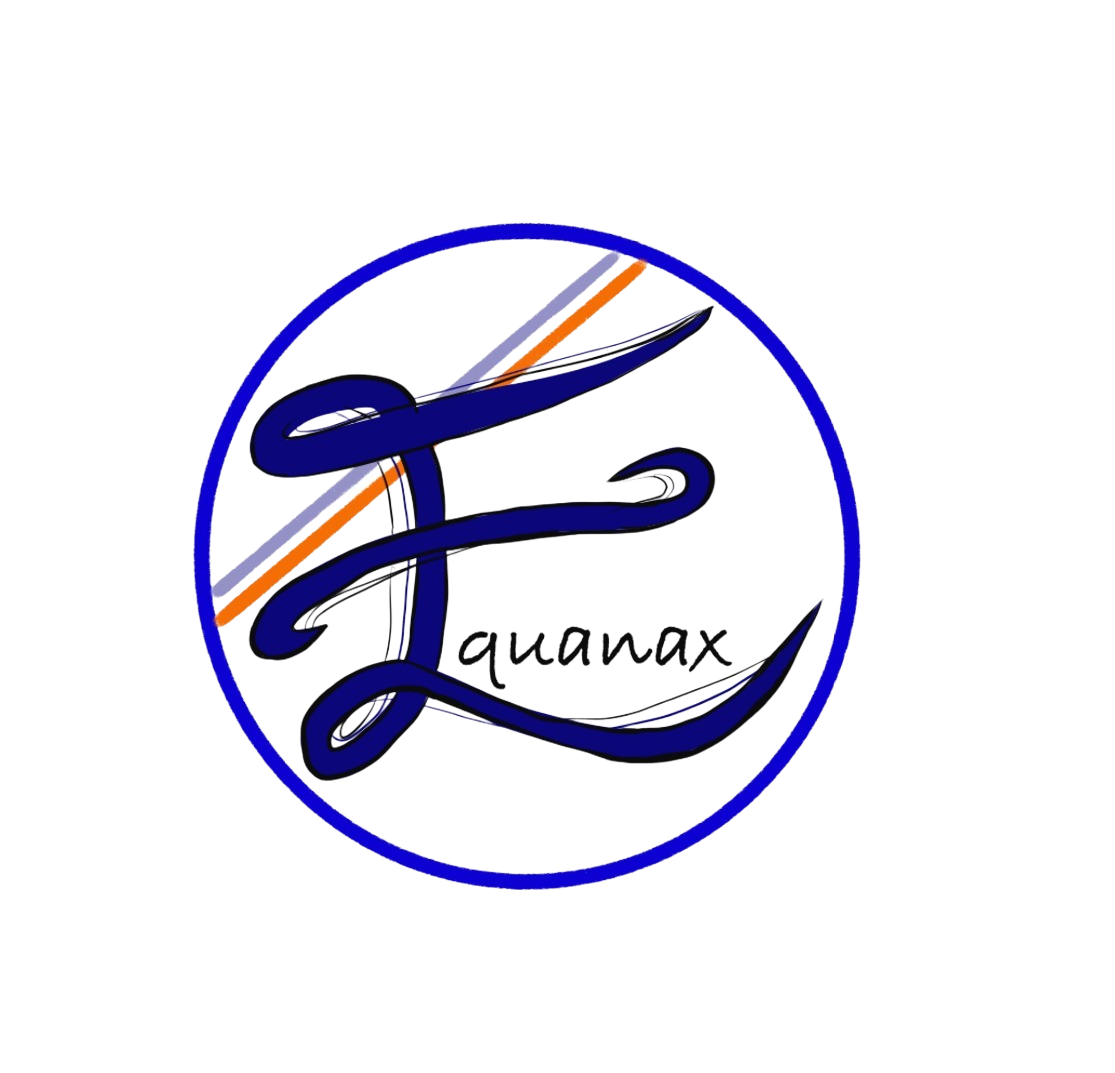B2B SaaS Growth Strategies for 2025: PLG, Communities & RevOps
This article may contain affiliate links that we get paid on.
Table of Contents
Introduction: Legacy Growth Tactics Fade
Precision Through Ultra-Niche Positioning
Why Product-Led and Self-Serve Define 2025
Building Loyalty With Community-Powered Growth
RevOps and Automation Scale Modern GTM
Get Started With Equanax
FAQ: Clarifying Today’s B2B SaaS Growth
Introduction: Legacy Growth Tactics Fade
For years, SaaS companies relied on outbound sales, cold outreach, and generic messaging to drive growth. But by 2025, enterprise and SMB buyers have become saturated with templated pitches and impersonal sequences. These legacy tactics not only inflate acquisition costs but also damage trust before conversations even begin.
As buying committees evolve, they expect contextual, value-driven experiences. They no longer respond to volume—they reward depth, precision, and alignment with their unique challenges. Legacy growth motions stall not because demand has disappeared, but because they fail to build the trust required for meaningful engagement.
Modern SaaS leaders face a pivotal choice: cling to outdated acquisition playbooks or evolve toward holistic growth systems built on niche expertise, product experience, community participation, and operational alignment. The top-performing SaaS companies of 2025 treat growth as an interconnected ecosystem where every touchpoint compounds customer confidence and accelerates value delivery.
Precision Through Ultra-Niche Positioning
Ultra-niche positioning has become the cornerstone of SaaS success. Instead of spreading messaging across vast, undefined markets, high-growth SaaS firms now focus on hyper-specific customer segments united by shared pain points. This deep focus allows for sharper product alignment, personalized marketing, and faster sales cycles.
For instance, a SaaS platform built for “mid-market logistics compliance teams” tailors its integrations, content, and onboarding to solve pain unique to that niche. The result is immediate relevance, faster conversions, and stronger retention. Broad targeting in 2025 doesn’t scale—it dilutes message clarity and wastes acquisition spend.
Niche positioning improves both CAC and LTV by fostering resonance and loyalty. When your customers feel your product was built specifically for them, they rarely look elsewhere. For modern SaaS operators, the path to expansion isn’t about appealing to everyone—it’s about serving a select audience so effectively that referrals and organic adoption naturally follow.
Why Product-Led and Self-Serve Define 2025
Product-led growth (PLG) has evolved from a trend into a growth standard. In 2025, buyers expect to experience value instantly—without friction, demos, or long qualification processes. The best SaaS companies deliver this through free trials, freemium tiers, or instant-access product experiences that showcase value in minutes.
Self-serve onboarding is the natural extension of this motion. Through intuitive in-app prompts, contextual guidance, and AI-driven personalization, users can onboard independently. This not only reduces reliance on sales or customer success teams but also accelerates activation and retention.
PLG creates a self-reinforcing flywheel: users experience value, adoption deepens, and satisfied customers become promoters. The product itself drives acquisition and expansion. In 2025, SaaS winners will be those whose products act as both the entry point and engine for sustained revenue growth—where onboarding isn’t a process but a seamless experience of value realization.
Building Loyalty With Community-Powered Growth
Communities have emerged as the most defensible retention strategy in SaaS. In 2025, customers expect more than just a platform—they want a sense of belonging, collaboration, and shared learning. A vibrant, engaged community turns users into advocates who educate, support, and expand the reach of your brand.
Communities drive growth by reducing support overhead, amplifying success stories, and creating a feedback loop for product improvement. When customers share use cases, solve peer challenges, and co-create content, your brand transforms from a vendor into a trusted ecosystem.
Community-first SaaS companies also benefit from a unique data advantage: they can directly observe emerging trends and customer pain points. This insight fuels smarter roadmap prioritization and tighter alignment between customer needs and product strategy. In 2025, community is not an add-on; it’s an engine for engagement, advocacy, and retention.
RevOps and Automation Scale Modern GTM
Revenue Operations (RevOps) is now central to sustainable B2B SaaS growth. By unifying marketing, sales, and customer success under one operational framework, RevOps eliminates silos and ensures all teams work toward the same outcome—sustainable revenue efficiency.
Automation underpins this evolution. Instead of manual forecasting and reactive decision-making, modern RevOps systems harness AI-driven insights from product usage data to predict churn, prioritize expansions, and align go-to-market teams. These automations enable small teams to operate with enterprise-level efficiency.
In 2025, scalable growth depends less on headcount and more on process orchestration. RevOps automation creates clarity across the customer journey, aligning product signals with sales engagement and marketing triggers. SaaS firms that implement this operational precision can forecast revenue confidently, engage accounts proactively, and scale sustainably without overextending budgets or teams.
Get Started With Equanax
If your SaaS company is struggling to stand out, reduce CAC, or sustain growth, Equanax can help. We design data-driven frameworks that combine ultra-niche positioning, product-led onboarding, community-driven engagement, and RevOps automation. Our proven GTM playbooks empower SaaS leaders to scale efficiently while strengthening customer loyalty. Partner with Equanax to transform your growth systems and build the revenue engine of the future.
FAQ: Clarifying Today’s B2B SaaS Growth
Q1: Why are traditional growth tactics failing in 2025?
Buyers now reject generic, outbound-driven campaigns in favor of personalized, value-driven experiences tailored to their context.
Q2: How does product-led growth improve SaaS conversion?
It enables self-serve onboarding, faster time-to-value, and organic adoption without relying on large sales teams.
Q3: Why is community important for SaaS retention?
Communities build belonging, drive advocacy, and organically scale support while reinforcing customer trust.
Q4: What role does RevOps play in modern SaaS?
RevOps integrates automation, scoring, and cross-functional data to streamline go-to-market operations and enhance forecasting accuracy.
Q5: How can SaaS founders lower customer acquisition costs?
By narrowing focus to ultra-specific market segments and aligning every GTM motion to that audience’s needs.

